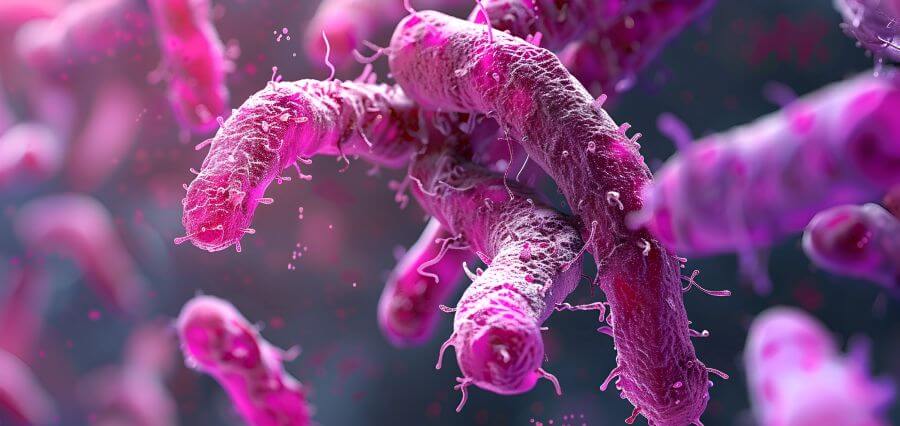In addition to being crucial for allergies and other immune responses, researchers have found that a certain type of immune cell in the human body is capable of attacking and eliminating cancer as well as fighting viruses like SARS-Cov-2, which is the source of COVID-19 infection.
According to preclinical research published in the journal Cell, these cells, known as human type-2 innate lymphoid cells (ILC2s), can be cultivated outside of the body and deployed in bigger numbers to overwhelm a tumor’s defenses and eradicate malignant cells in mouse models with cancer.
“We have discovered that human ILC2 cells are a novel member of the cell family that can directly eradicate all forms of cancer, including solid tumors and blood cancers,” stated Jianhua Yu, a professor in the City of Hope, California, US Department of Hematology & Hematopoietic Cell Transplantation.
These cells might be produced in the future, frozen to preserve them, and then given to patients. ILC2s may be obtained from healthy donors, offering a unique prospective therapeutic strategy as an allogeneic and ‘off-the-shelf’ product, in contrast to T cell-based therapies like CAR T-cells, which require employing the patient’s own cells due to their unique properties,” Yu continued.
When examined for their ability to kill cancer, ILC2s had not consistently showed promise in a previous study that used mouse cells.
This current study does not support the claim made by Michael Caligiuri, a professor in the City of Hope Department of Hematology & Hematopoietic Cell Transplantation, “that human ILC2s function as direct cancer killers while their mouse counterparts do not.”
Yu and the group separated the cells from a blood sample before testing human ILC2s. They then created a unique platform that can expand ILC2s extracted from the body 2,000 times in just four weeks.
Subsequently, these externally grown ILC2s were injected into mice harbouring human acute myeloid leukemia (AML) or solid tumors, such as glioblastoma, lung cancer, and pancreatic cancer. The findings demonstrated the ability of this ILC2 population to eradicate malignant tumors through a hitherto unidentified cancer-killing mechanism.
“One convincing and direct piece of evidence appeared when we placed one ILC2 and one tumour cell directly together and found that the tumour cell died, but the ILC2 cell survived,” Yu stated.
“This proves that the ILC2s directly killed the cancer cell in the absence of any other cell.”
According to Caligiuri, ILC2s are uncommon in the body and are mostly located in the skin, gut, and lungs.
Yu pointed out that the ILC2s do not have to originate from the cancer patient’s own cells, suggesting that future ILC2 treatment approaches may involve extracting and freezing ILC2s from healthy donors.





